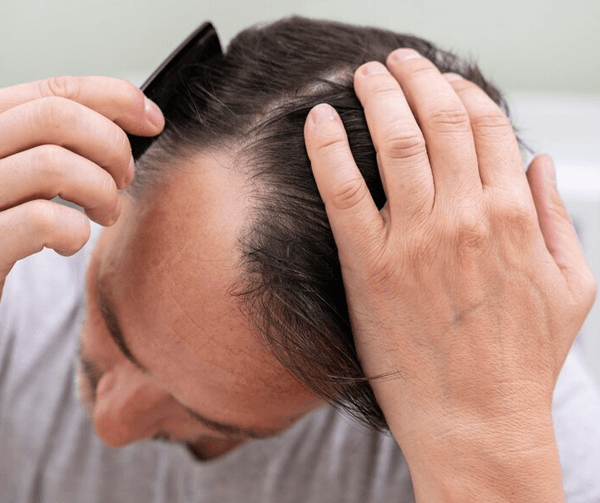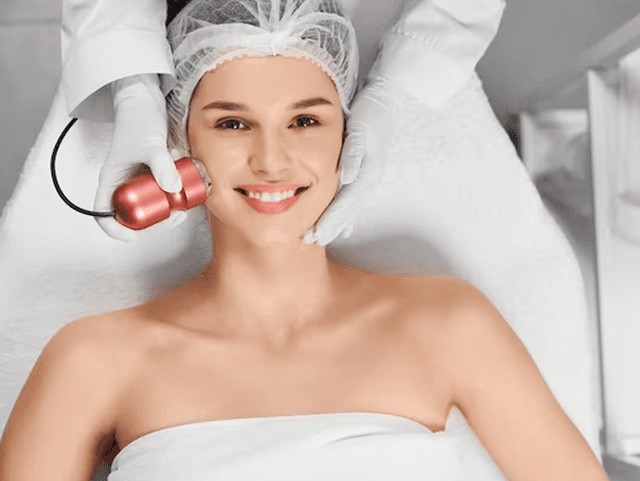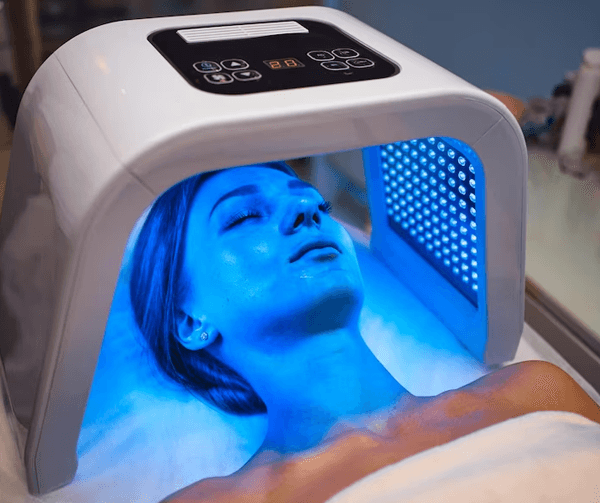In the previous article, we had looked at the ‘what’ and the ‘why’ of non-surgical skin tightening, and in this part, we will look at the ‘how’ as well as the ‘afte’r part of it.
This is how the procedures are performed:
The type of procedure will determine how the procedure will be conducted, but the highlight of all of these is the fact that there is no cutting or suturing involved. Ideally, before the procedure is even finalized on, your doctor will give you a clear idea of what all will be involved in the process. However, the one step that is common for all procedures will be the facial cleansing – this means that all makeup and oils will firstly be removed from the face and this will be done using specialised cleansers. Once the face is clean, you might be administered some form of anaesthetic and this too will be dependent on the type of procedure. For instance, when it is the ultrasound method, a thin coat of gel will be applied to the face, which will not only work as a guide for the ultrasound device, but also help reduce the discomfort. Certain procedures might also require topical, oral or intravenous medication, to help with the possible pain.
Here is a more detailed look at the manners in which these non-surgical skin tightening procedures are conducted:
The area that needs that be treated will have to be measured with care and then marked. The skin will then be cooled, because this will ensure your comfort and safety. The device used for this purpose is normally one that has been specially designed for the purpose and the tip of the same will be placed against your skin. The radiofrequency will penetrate into your skin tissue and the pre-marked areas will be subjected to heat. This will stimulate the production of collagen and that in turn will ensure that the skin becomes plump and elastic once again. People who have undergone the procedure have spoken about feeling a slight vibration and a mixture of cool and hot, during the emission of each pulse. Finally, the upper layer of the skin will be cooled and the procedure will have been considered completed.
Yet again, the treatment will be measured and marked with care and then an ultrasound gel will be applied to the skin. A hand piece, which has a smooth texture, will be placed on your skin and this will transmit an image of the tissues underneath the skin. These images will be transmitted on a screen, which will enable the doctor to ensure that the correct areas are being treated. The ultrasound will emit small bursts of thermal energy, which will penetrate the deepest layers of the skin, without causing any damage to the surface level. The thermal energy will stimulate the inner layers of the skin leading to a natural rejuvenation and healing.
This is a process that can be done on any part of the body, but if it is being done on the face, the eyes will have to be covered and protected. The hand piece will administer a continuous cooling, while the light will send heat into the deepest layers of the dermis. The procedure might be repeated more than once, or done as a single session and this is something that the doctor will decide, after examining your skin.
This is what you will have to do to take care of your skin after the non-surgical skin tightening procedures are completed:
Given that these are all non-surgical procedures, the recovery time will be minimal and in many cases, people are able to return to their normal routines, the same day. However, if there are any precautions that you need to take, your doctor will let you know, well in advance. You will also be told about what the normal symptoms of the procedures are, and what you need to be worried about. In addition, you will also be told about how to look out for potential complications.
While you might notice some amount of change in your skin immediately, the actual results will take a few sessions. Once the anaesthesia wears off, there can be some amount of pain or discomfort, but this is normal and will wear off in a matter of a few hours. There could be some amount of swelling, redness and numbness, but like the pain, these too will subside with time.
What you can expect from the non-surgical skin tightening procedures:
Once the collagen production starts, you will start to notice your skin looking healthier and plumper. The improvement will be continual and you will be able to observe a natural contouring of your body.
In most cases, the results will last you for about three years, but in some cases, the results might not last more than a year. This is why, it would be important to keep in touch with your doctor and ensure that you get maintenance treatments on a regular basis.
There are some risks and possible complications involved with non-surgical skin tightening procedures:
Although the limitations and risks are minimal with non-surgical skin tightening procedures, they are medical procedures, and there is always the chance that something could go wrong. Here are some of the most common complications and the risks:
- There could be a reaction to the anaesthesia being used
- There could be a loss or change in sensation in the skin
- There could be some irregularities in the contouring
- Certain people are known to have allergic reactions to the gels or medications being used
- There could also be small burns, which could turn into scars
Overall, non-surgical skin tightening procedures are known to not backfire, which is perhaps why they are growing in popularity.







